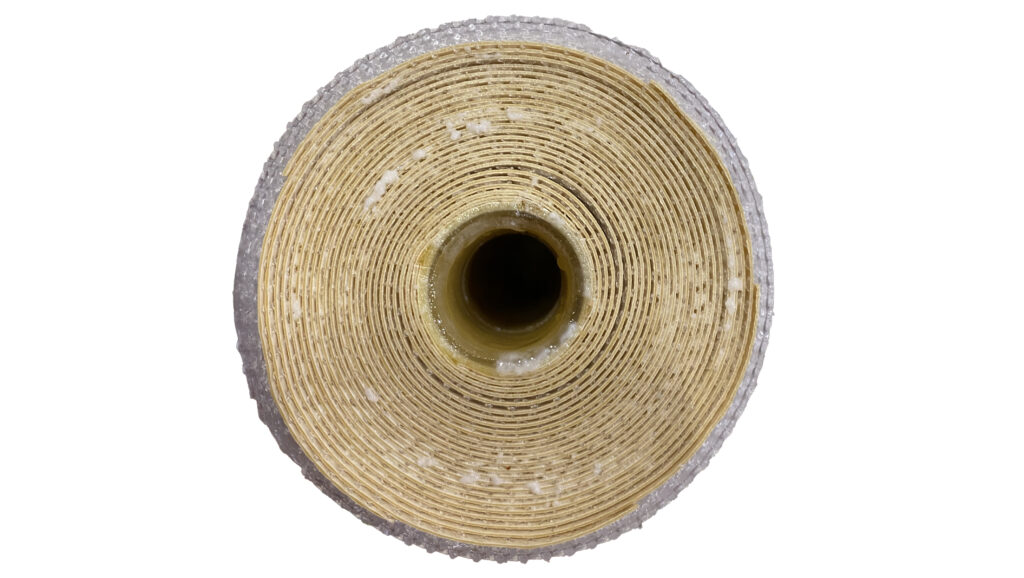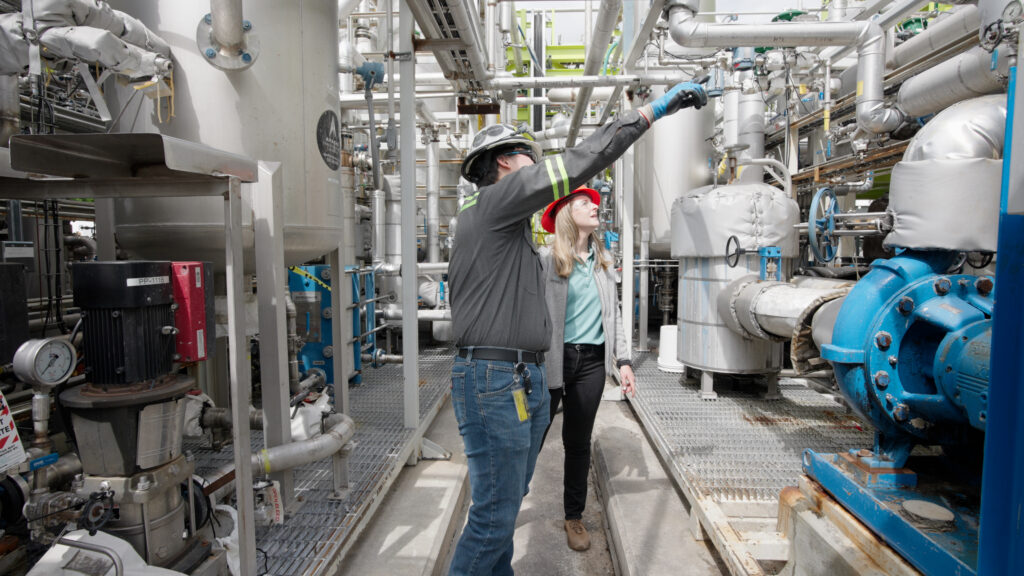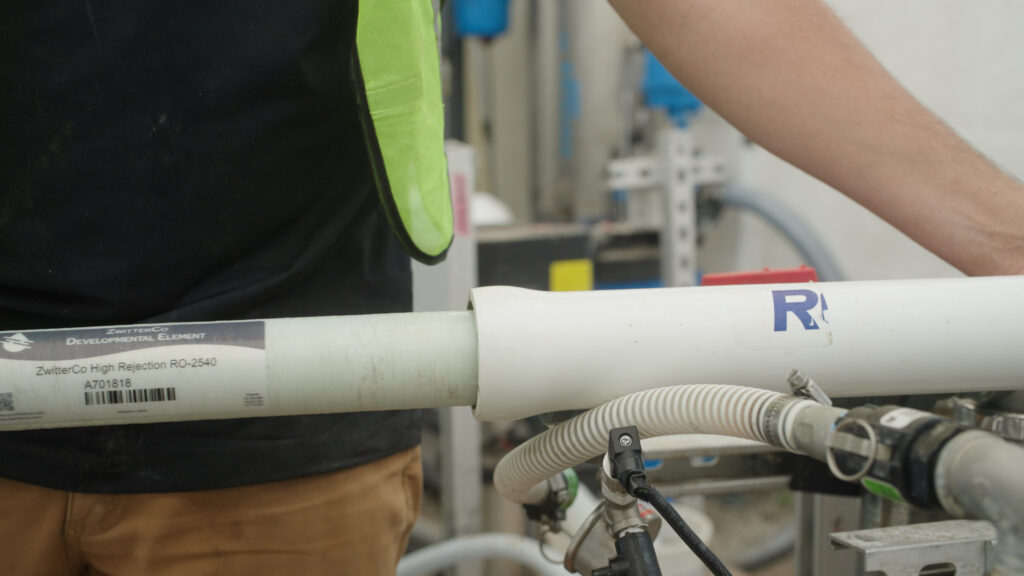Membrane fouling has been a widespread challenge in filtration for decades, affecting the efficiency and lifespan of membrane systems used in water treatment, desalination, and other industrial processes. At its core, fouling involves the accumulation of particles, microorganisms, and other substances—collectively known as foulants—on the surface and within the pores of filtration membranes. Understanding the interactions between foulants and membrane materials is crucial for developing new technologies to reduce fouling and enhance the performance of membranes.
 Why is it a Problem?
Why is it a Problem?
For decades fouling has presented a significant economic and environmental dilemma. From complicating filtration system operations and degrading water quality, to affecting the sustainability of water treatment operations, membrane fouling introduces several challenges in water treatment. Some of the main issues include:
-
Increased Downtime & Operating Costs
Shutting down systems for maintenance and frequent cleaning disrupts regular operations and increases downtime. This issue often requires additional equipment to manage maintenance, raising operating costs and expanding the system’s footprint.
-
Reduced Membrane Lifespan
Membrane fouling leads to more frequent chemical cleanings that degrade the membrane material, shortening its lifespan and requiring more frequent replacements which further increase operational costs and maintenance demands.
-
Decreased Permeate Flux
Membrane fouling significantly reduces permeate flux, hindering the flow of filtered water and decreasing the overall efficiency of the filtration system. This flux reduction not only slows down water treatment operations, but also increases the energy required to achieve desired filtration rates.
-
Surcharges and Fines
When membranes become too fouled to function properly, the quality of permeate often fails to meet environmental standards. Not only is this potentially harmful to the environment, but it can also result in municipal surcharges or fines.
Currently, addressing fouling issues involves costly solutions such as extensive pretreatment processes and frequent replacement of membrane elements, which both increase overall operational costs and possibly cause extended periods of downtime. Advances in material science are crucial for developing new, sustainable membrane technologies that reduce fouling. ZwitterCo is at the forefront of this innovation, using their zwitterionic membrane technology to set new standards in the field.
A New Horizon
ZwitterCo is leading the way with its innovative zwitterionic membranes, a trailblazing solution that addresses the key weaknesses of traditional membranes. By using zwitterions, which are unique molecules that resist both organic and biofouling, ZwitterCo’s membranes maintain higher efficiency and longer lifespans. This advanced approach improves filtration performance and reduces the need for frequent maintenance—revolutionizing the standard for membrane technology.
ZwitterCo Superfiltration: A Entirely New Class
Using zwitterionic copolymers, ZwitterCo defined a new separation class between ultrafiltration and nanofiltration: superfiltration. The zwitterionic superfiltration membrane, engineered for high-fouling, industrial streams, delivers unprecedented fouling resistance, low energy requirements, a wide pH tolerance, and the ability to be cleaned with chlorine.
ZwitterCo SF Membranes:
- Resist organic fouling
- Tolerate levels of Fats, Oils, and Grease (FOG) up to 5% as well as other hard-to-treat organics
- Fully recover with a simple maintenance wash
- Demonstrate high NF-like organic rejection and low UF-like salt rejection
- Handle >1MM ppm-hours of chlorine, peracetic acid, and other cleaning agents, showing unmatched chemical resilience
- Provide clean-water-recovery ratios that regularly exceed 90%.
ZwitterCo RO: Changing the Game
ZwitterCo RO elements, available in standard industry sizes, seamlessly integrate into existing systems without requiring additional equipment or modifications. Installation and operation are as straightforward as with any other RO membrane, but with better performance and reduced maintenance.
ZwitterCo RO Membranes:
- Fully recover with a 30-minute freshwater rinse or short caustic wash
- Last up to 2x longer than traditional RO membranes
- Reduce cleaning frequency by 90%
- Enable systems to operate at maximum capacity with minimal downtime
- Are immune to irreversible fouling
- Offer stable rejection performance for years
Membrane fouling remains a significant challenge for many industries, but it doesn’t have to be a limiting factor. With fouling solutions for water filtration and continuous innovations in material science, particularly through developments like ZwitterCo’s zwitterionic membranes, it is possible to overcome these hurdles. These advanced membranes not only mitigate fouling but also enhance overall system efficiency, which can significantly reduce operating expenses.
By adopting such innovative technologies, companies can not only meet but exceed their sustainability goals, paving the way for a future where clean and efficient water treatment is the norm, not the exception.




